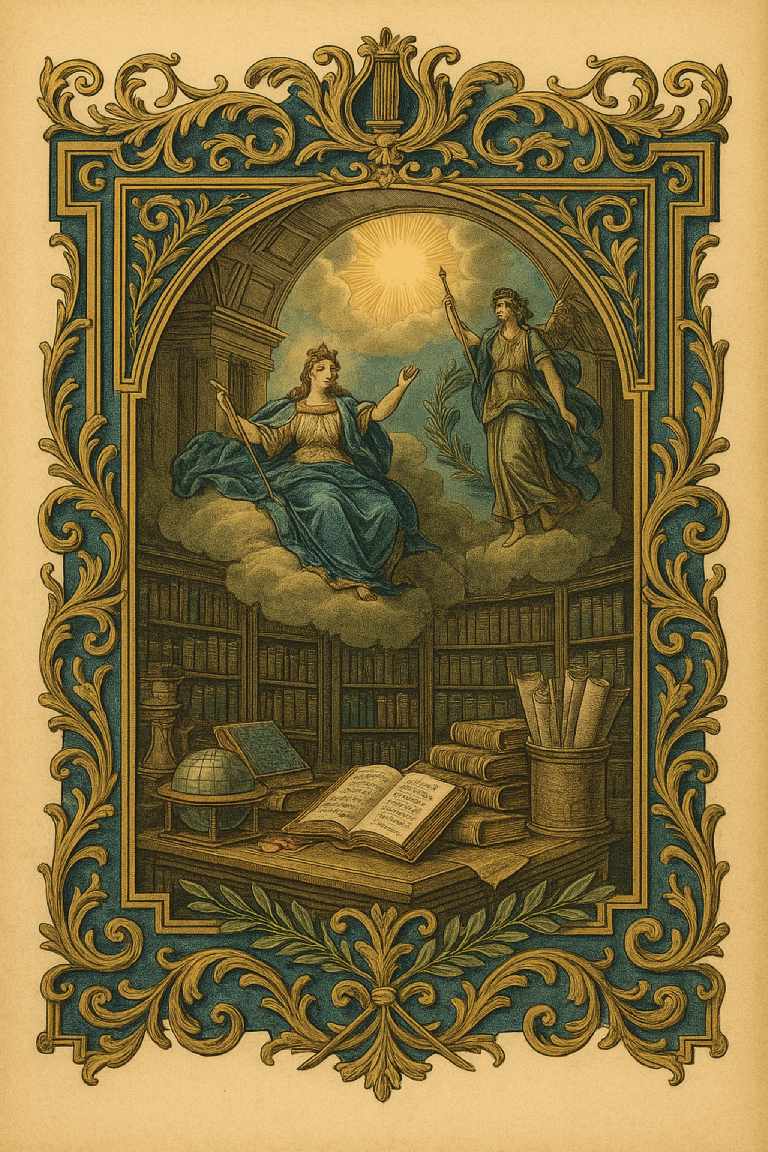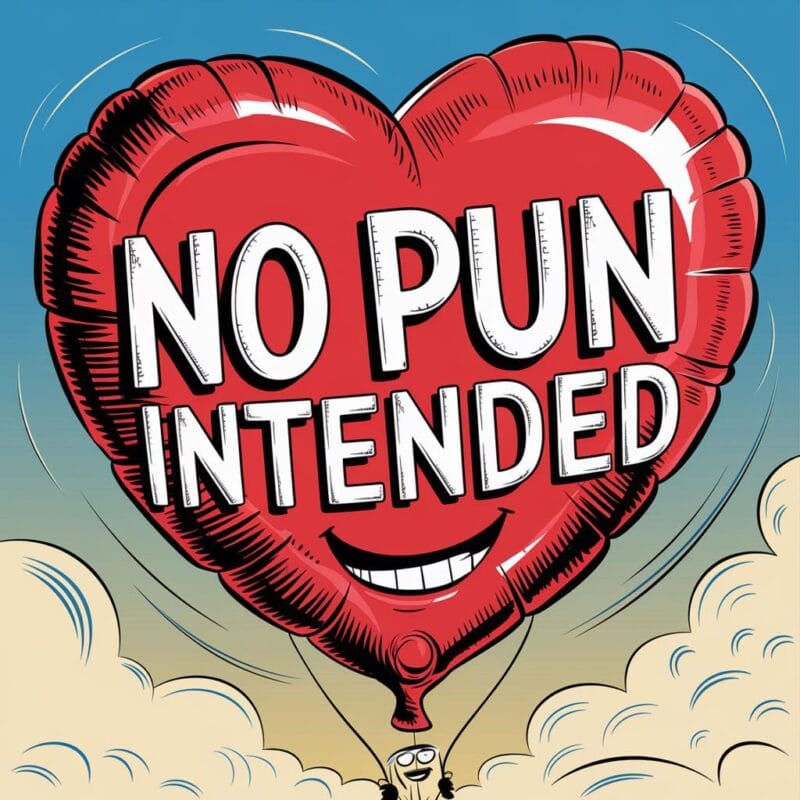Free verse: nonmetrical, nonrhyming lines that closely follow the natural rhythms of speech.
Free verse poetry defies the traditional constraints of rhyme and meter, embracing a flow that mirrors natural speech. This form allows poets to break free from rigid structures and explore unique expressions of their artistic vision. The essence of free verse lies in its ability to capture raw emotion and vivid imagery without being tethered to formal patterns.
Notable poets like Walt Whitman and William Carlos Williams have immortalized free verse through their pioneering works. Whitman’s “When I Heard the Learn’d Astronomer” and Williams’s “The Red Wheelbarrow” are prime examples of how free verse can convey deep meaning and subtle beauty through simple, unstructured lines. Their contributions have paved the way for modern poets to experiment and innovate within this form.
Contemporary poets continue to push the boundaries of free verse, offering fresh perspectives and diverse voices. From the evocative lines of Audre Lorde’s “Coal” to the introspective musings found in contemporary literary anthologies, free verse remains a dynamic and influential part of classical and modern poetry. Whether drawing from personal experiences or broader social themes, free verse enables poets to communicate with unparalleled freedom and authenticity.
What is a verse in a poem?

A verse in a poem refers to a single line of poetry. A poem divides into verses, which are units of language, typically consisting of one line each.
In structured poetry, verses often follow specific patterns and meters. For example, a sonnet features 14 lines with a specific rhyme scheme and meter.
Although people sometimes use the terms “verse” and “stanza” interchangeably, they are not the same. A stanza is a grouping of lines within a poem, separated by spaces.
In free verse poetry, the concept of a traditional verse is more fluid. Free verse does not adhere to consistent meter patterns or rhyme schemes.
Here is an example of a verse from William Carlos Williams’s “The Red Wheelbarrow”:
so much depends
upon
Free Verse vs. Blank Verse

Free verse and blank verse are two distinct forms of poetry that offer unique approaches to structure and rhythm.
Free Verse:
- Lacks consistent meter patterns, rhyme, or any structured musical pattern.
- Lines can vary widely in length, from a single word to much longer.
- Poets like William Carlos Williams and his poem “The Red Wheelbarrow” exemplify the flexibility of free verse.
- Offers freedom in form, allowing poets to break traditional rules.
Blank Verse:
- Unrhymed poetry that maintains a consistent meter, usually iambic pentameter.
- Popular since the sixteenth century and utilized by notable poets like William Shakespeare and John Milton.
- Though the rhyme is absent, the strict meter provides a rhythmic structure.
- Commonly used for dramatic and narrative works.
| Feature | Free Verse | Blank Verse |
|---|---|---|
| Rhyme Scheme | None | None |
| Meter Pattern | None | Consistent, typically iambic pentameter |
| Line Length | Variable | Consistent |
| Historical Figures | William Carlos Williams | William Shakespeare, John Milton |
Highlights:
- Free verse offers creative freedom with no adherence to rhyme or meter.
- Blank verse provides a rhythmic structure without the need for rhyme.
These two forms allow poets to explore different expressive possibilities, catering to varied stylistic preferences and themes.
Examples of Free Verse in Poetry

Because free verse poetry breaks away from the traditional constraints of meter and rhyme, it allows poets to express ideas in a more natural, speech-like manner. This form has been influential in shaping modern and contemporary poetry.
One of the earliest and most recognized examples of free verse is Walt Whitman’s Leaves of Grass (1855), particularly the poem “Song of Myself.” This work rejected traditional poetic forms and embraced a flowing, open structure.
Christopher Smart’s “My Cat Jeoffry” is another notable example. Although written in the 18th century, Smart’s poem exhibits many characteristics of free verse. The poem celebrates the quirks and habits of his beloved cat in a rhythmic, yet unstructured manner.
William Carlos Williams was a master of free verse. Continuing from our previous example, Williams’s poem “The Red Wheelbarrow,” famous for its simplicity and directness, reads:
so much depends
upon
a red wheel
barrow
glazed with rain
water
beside the white
chickens
Langston Hughes also utilized free verse in his works. In “The Weary Blues,” he captures the essence of blues music using a rhythmic, free-form style.
T.S. Eliot’s “The Love Song of J. Alfred Prufrock” is another renowned example. The poem opens with an invitation to a journey of self-exploration, conveyed through fragmented, free-flowing verses.
Lastly, contemporary poet Mary Oliver’s “Wild Geese” illustrates the power of free verse in modern poetry. Her lines are free of strict meter but full of emotional resonance.
Free verse has allowed poets to break free from structural limitations, fostering a more personal and direct connection with their readers.
Further Reading
The Beginner’s Guide To Free Verse by J. W. Carey, Vers Libre
A Brief History of Free Verse Poetry: Free Verse Poetry from the 19th Century to Now by Kara Lewis, Read Poetry
Poetry 101: What Is the Difference Between Blank Verse and Free Verse? by MasterClass
Is all poetry written in free verse these days? on Writingforums.org




